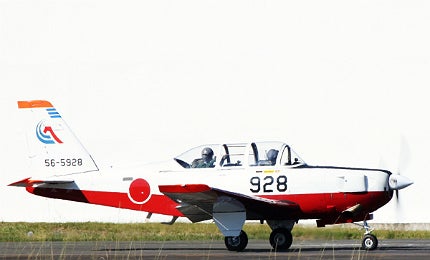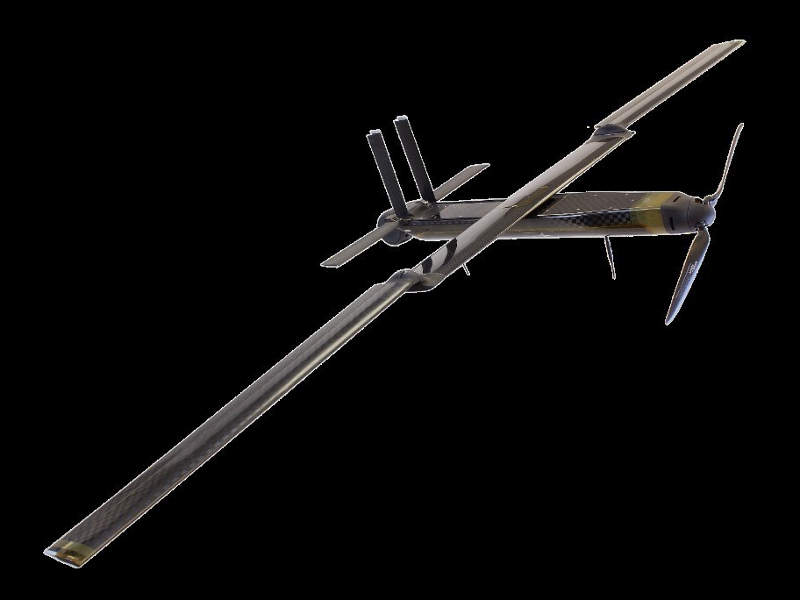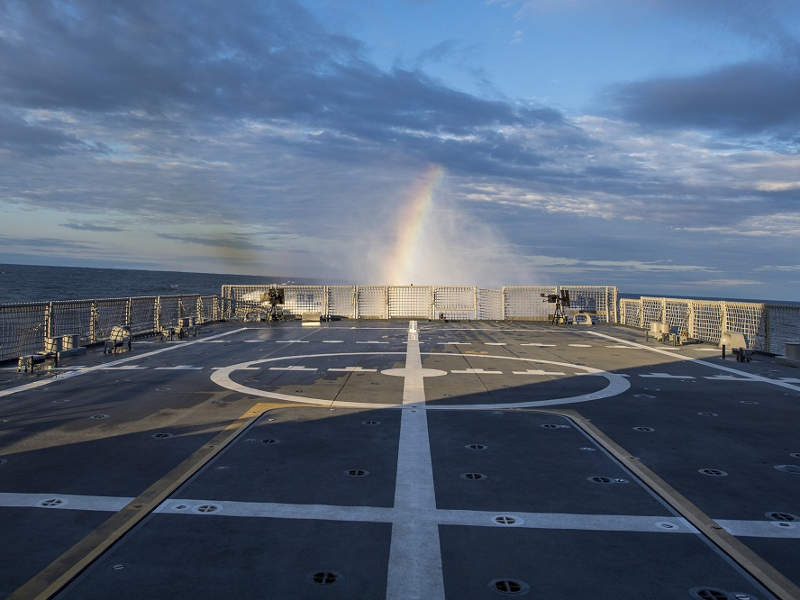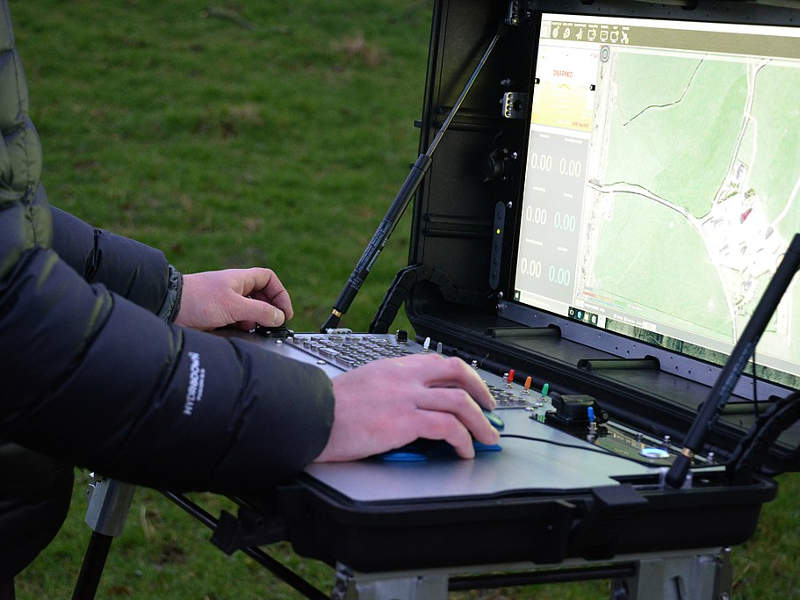
Fuji T-7 is a primary military trainer aircraft manufactured by Fuji Heavy Industries (FHI) for the Japan Air Self Defence Force (JASDF). The aircraft replaced the T-3 trainer that is in service with the JASDF.
The Fuji T-7 is used for basic flight training by the Air Training Command and the Air Development and Test Command of the JASDF. The aircraft are currently operated by the 11th Flying Training Wing, 13th Flying Training Wing and Air Development and Test Wing.
The Fuji T-7 complements the JASDF’s trainer aircraft fleet of F-15DJ, T-400 and T-4.
Trainer aircraft development
Fuji T-7 was developed in response to the competition for a primary trainer aircraft for the JASDF. The aircraft was a modified variant of the T-3 and was initially known as T-3 Kai. The T-3 Kai aircraft was preferred against the Pilatus PC-7 by the Japanese Defence Agency (JDA) in September 1998 to replace the T-3 trainer of the JASDF. The JDA, however, suspended the contract and reopened the competition due to allegations of corruption.
The competition was reopened and Fuji Heavy Industries was short-listed in September 2000. The JDA placed orders for a total of 49 T-7 aircraft. The maiden flight of first T-7 aircraft was completed in July 2002. The first production aircraft was delivered to the JASDF in September 2002. The operational tests of T-7 were concluded at Gifu air base in January 2003. The aircraft were transferred to Hofu Kita air base in April 2003.
FHI handed over 11 T-7 trainer aircraft to the JASDF in 2003. Ten aircraft were delivered in 2004. The JASDF received 20 aircraft between 2005 and 2006. FHI delivered a total of 46 aircraft by 2007. Deliveries were concluded with the handover of final aircraft in September 2008.
Fuji T-7 design and cockpit
Fuji T-7 is a longer and heavier variant of T-3 trainer. The aircraft incorporates a low wing monoplane design, including a modified cowling and wing. It integrates a turboprop engine in place of the piston engine used in T-3 trainer. The turboprop engine delivers high performance and reduces noise levels. The aircraft has an overall length of 8.59m, wing span of 10.04m and a height of 2.96m. The wing area of Fuji T-7 is 16.5m². The maximum take-off weight is about 1,585kg.
The tandem-seat glass cockpit of Fuji T-7 accommodates two crew members including a flight instructor and a student pilot. The four-piece glass cockpit canopy provides high visibility for the crew. The cockpit is integrated with flight controls, multifunction displays, weather display and collision avoidance systems. The communication and navigation systems include VHF, UHF, ATC transponder, Inter-Communication System (ICS) and Tactical Air Navigation System (TACAN).
Fuji T-7 engine and landing gear
The Fuji T-7 trainer is powered by a single Rolls-Royce 250-B17F turboprop engine. It was developed from the 250-C20R+ turboshaft engine.
The engine delivers a take-off power of 450hp and a maximum continuous power of 380hp. The maximum internal fuel capacity of the aircraft is 375 litres.
The multifuel capable 250-B17F engine delivers an optimal power-to-weight ratio of 2.2:1. The engine is optionally fitted with a Beta valve for providing propeller reverse thrust.
The 250-B17F engine currently powers about 20 aircraft, including B-N Defender, Cessna P210, Tradewind Bonanza, Grob G140TP, Schweizer RU-38B and Enaer T-35 Turbo Pillan.
The Fuji T-7 trainer is fitted with a retractable tricycle landing gear consisting of a nose landing gear and two main landing gear units. Each landing gear unit is fitted with a single tyre.
Performance of the JASDF’s aircraft
The Fuji T-7 trainer aircraft has a maximum speed of 376km/h. The cruise and stall speeds of the aircraft are 296km/h and 103km/h respectively. The aircraft can fly at a maximum altitude of 7,620m.
The Global Military Aircraft Market 2011-2021
This project forms part of our recent analysis and forecasts of the global military aircraft market available from our business information platform Strategic Defence Intelligence. For more information click here or contact us: EMEA: +44 20 7936 6783; Americas: +1 415 439 4914; Asia Pacific: +61 2 9947 9709 or via email.
Related content
OH-1 Ninja Light Observation Helicopter, Japan
The OH-1 is a light observation helicopter produced by Kawasaki Heavy Industries for the Japan Ground Self-Defence Force (JGSDF).
Kawasaki XC-2 Military Transport Aircraft, Japan
Kawasaki XC-2 is an advanced military transport aircraft designed and being manufactured by Japan-based Kawasaki Heavy Industries (KHI).












